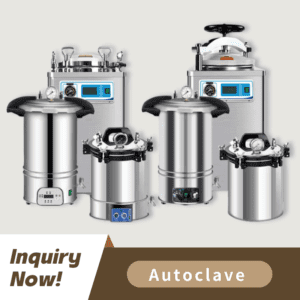
The autoclave is a device designed to sterilize medical instruments along with laboratory equipment and other heat- and pressure-resistant items. Autoclaves utilize controlled steam pressure to destroy bacteria, viruses, fungi, and spores thereby making materials safe for healthcare applications. Modern healthcare environments including hospitals and dental offices cannot operate without autoclaves.
Autoclaves commonly operate at these sterilization temperatures:
Most autoclave cycles achieve a standard temperature of 121°C (250°F) by reaching a pressure that is 15 psi above atmospheric pressure. Microorganisms will be destroyed within 15 to 30 minutes when exposed to this temperature.
The temperature setting of 134°C (273°F) is employed in autoclaves for quick sterilization cycles which usually operate at 30 psi pressure. Sterilization requires only 3–5 minutes at 134°C which makes this temperature perfect for rapid processing of unwrapped instruments.
Some autoclaves provide users with extra options for operation settings.
The 115°C (239°F) setting protects delicate instruments and materials that cannot withstand more intense heat.
The 138°C (280°F) setting is available for specialized sterilization cycles that need higher temperatures but this setting is rare in routine medical use.
The temperature inside autoclaves increases as pressure levels rise. The autoclave sterilization process speeds up because higher pressure enables steam to achieve higher temperatures. Maintaining proper temperature throughout the cycle requires precise control of chamber pressure.
Load placement and dimensions inside the autoclave influence the uniform distribution of heat. Cold spots develop when the chamber becomes overloaded or items are positioned incorrectly which decreases the sterilization process efficiency.
Materials show different levels of thermal conductivity and resistance to heat. Metal instruments reach sterilization temperatures rapidly while textiles and plastics need extended time to achieve full sterilization.
Autoclaves provide multiple cycle options including gravity displacement cycles as well as pre-vacuum and flash cycles. Each sterilization cycle incorporates specific load and material requirements by adjusting the temperature and duration accordingly.
Temperature stands as the primary determinant that controls the effectiveness of the sterilization process. When temperatures reach high levels steam enters the load to denature proteins and eliminate microorganisms by breaking down their cellular structures. The survival of heat-resistant spores during the cycle when temperatures are insufficient can jeopardize patient safety.
Key Points:
Medical and laboratory applications achieve effective sterilization when exposed to 121°C for 15 to 30 minutes.
The sterilization process for unwrapped instruments requires temperatures of 134°C applied over a period of 3–5 minutes for rapid effectiveness.
High temperatures enable shorter processing cycles while lower temperatures demand extended exposure periods.
The combination of high temperature and pressure in autoclave operations creates substantial safety risks. Adhering strictly to manufacturer guidelines and safety protocols is essential for accident prevention.
Wait until the autoclave chamber pressure and temperature reach normal safe levels before opening the device.
You should always wear heat-resistant gloves and face protection before handling items that have just been sterilized.
Perform routine inspections and maintenance on seals valves as well as pressure gauges to ensure optimal functioning.
The relationship between time and temperature plays a crucial role in the autoclave sterilization process. To achieve equivalent microbial destruction shorter sterilization cycles are possible at higher temperatures while lower temperatures necessitate extended sterilization durations.
Related Reading: Jak dlouho by se měly rozbalené předměty sterilizovat v autoklávu?
Specify Requirements: Clearly define the required sterilization temperature and cycle type when sourcing autoclave equipment.
Verify Compliance: Ensure all autoclaves meet international standards for sterilization, such as ISO 17665 and EN 13060.
Personál vlaku: Provide comprehensive training on autoclave operation and safety to all personnel.
Monitor and Record: Use integrated data loggers or manual logs to record each sterilization cycle, documenting temperature and duration for compliance.
Understanding how hot an autoclave gets is essential for anyone involved in the procurement, distribution, or use of sterilization equipment in the medical field. The typical operating temperatures—121°C and 134°C—are meticulously chosen to ensure the destruction of all pathogens, safeguarding patient health and maintaining regulatory compliance. By considering factors such as pressure, load size, and material type, and by adhering to strict safety protocols, medical device distributors and procurement professionals can ensure optimal sterilization outcomes.
A: Most autoclaves operate at 121°C (250°F) for standard cycles and 134°C (273°F) for rapid sterilization.
A: Increased pressure allows steam to reach higher temperatures, improving the efficiency and effectiveness of sterilization.
A: Not all materials are suitable for autoclaving. Always check manufacturer guidelines to ensure compatibility.
A: Not necessarily. While higher temperatures reduce cycle time, they may damage heat-sensitive instruments. Select the appropriate cycle for the material.
A: Always allow the chamber to cool and depressurize, wear protective gear, and perform regular maintenance on the equipment.
A: Use built-in data loggers or manual records to document temperature, pressure, and time for each cycle.
Ready to optimize your sterilization processes or need expert advice on selecting the right autoclave? Kontakt Keling Medical for professional support and high-quality autoclave solutions.
E-mail: inquiry@shkeling.com
WhatsApp: +8618221822482
Webové stránky: https://autoclaveequipment.com/
Our team is here to assist medical device distributors, dealers, and procurement professionals worldwide. Click the links above to connect with us today!

Sterilizace je základním prvkem postupů kontroly infekcí ve zdravotnických zařízeních i v laboratořích. Sterilizace v autoklávu pomocí páry je účinná pro mnoho aplikací, ale ukazuje se jako neoptimální v případě
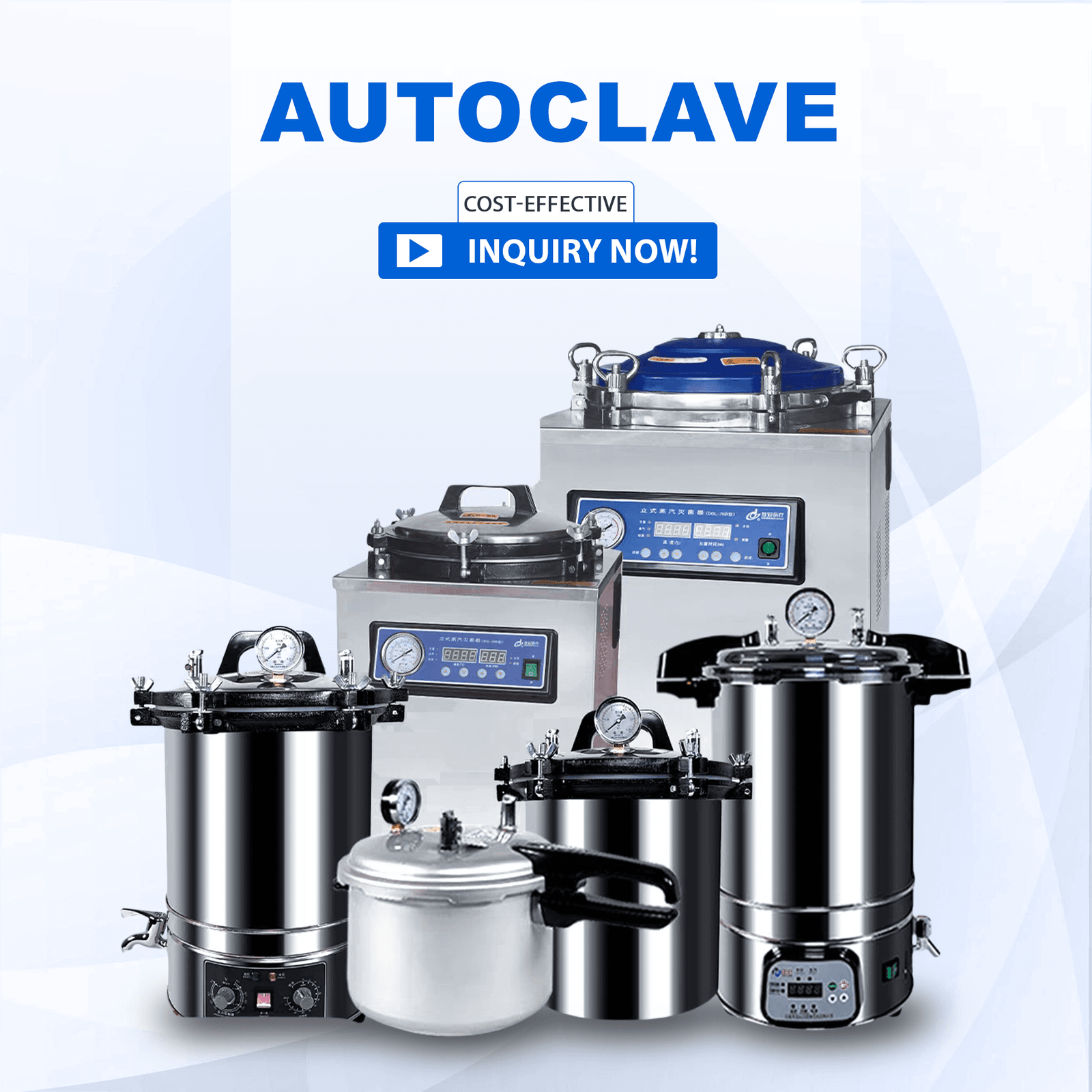
Zdravotníci po celém světě důvěřují autoklávům jako základním nástrojům pro zajištění bezpečnosti a sterility lékařských nástrojů. Distributoři zdravotnických prostředků a specialisté na nákupy musí rozumět principům a výhodám autoklávů.

Díky pokroku ve zdravotnictví je nezbytné, aby lékařské nástroje byly vždy bezpečné a sterilní. Distributoři, prodejci a nákupčí zdravotnických prostředků musí rozumět metodám sterilizace, aby mohli efektivně pracovat. Na stránkách
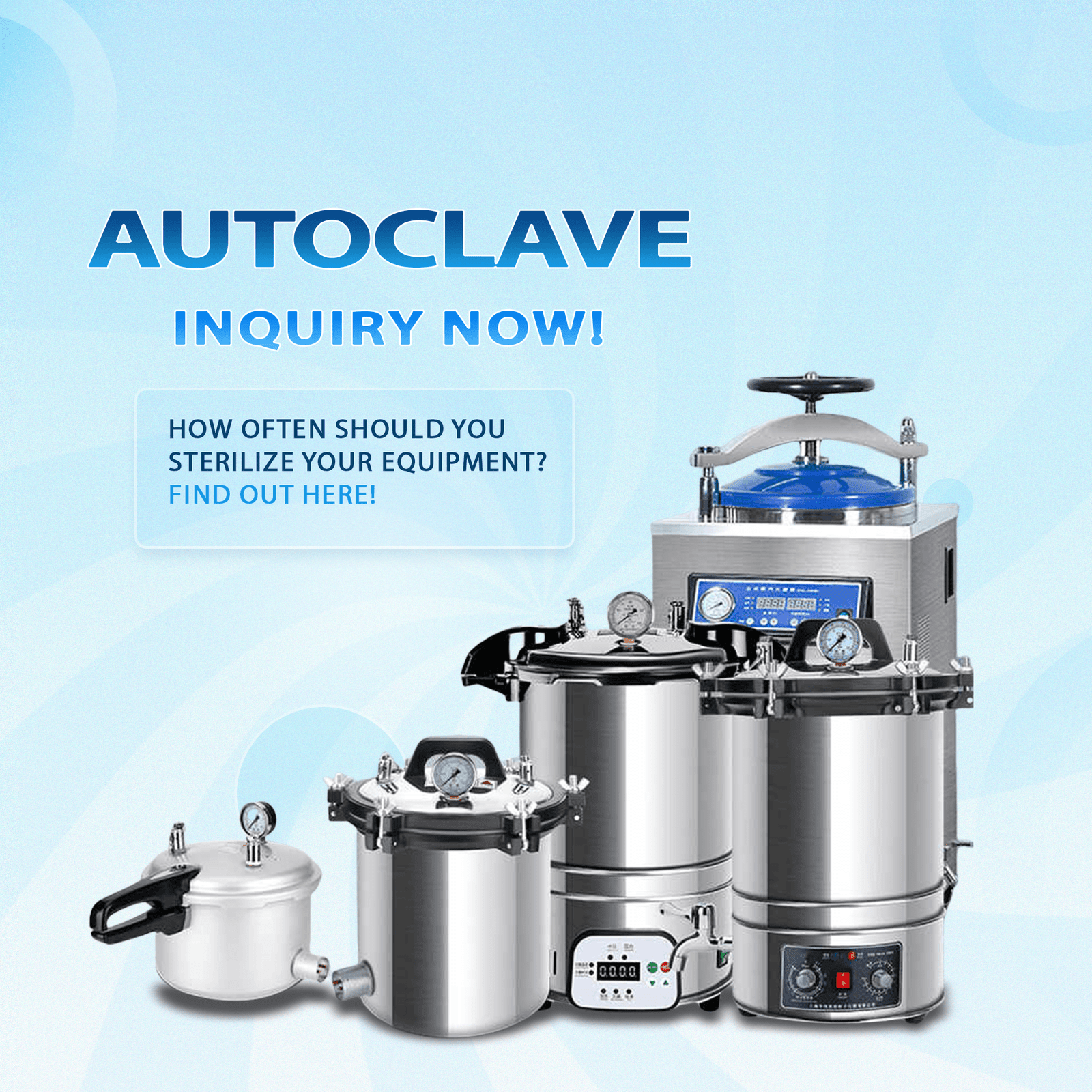
Sterilizace lékařských přístrojů a nástrojů vyžaduje autoklávy, protože chrání bezpečnost pacientů a usnadňují dodržování regulačních norem. Nejdokonalejší autoklávové systémy však stále narážejí na určitá omezení. Distributoři zdravotnických prostředků,
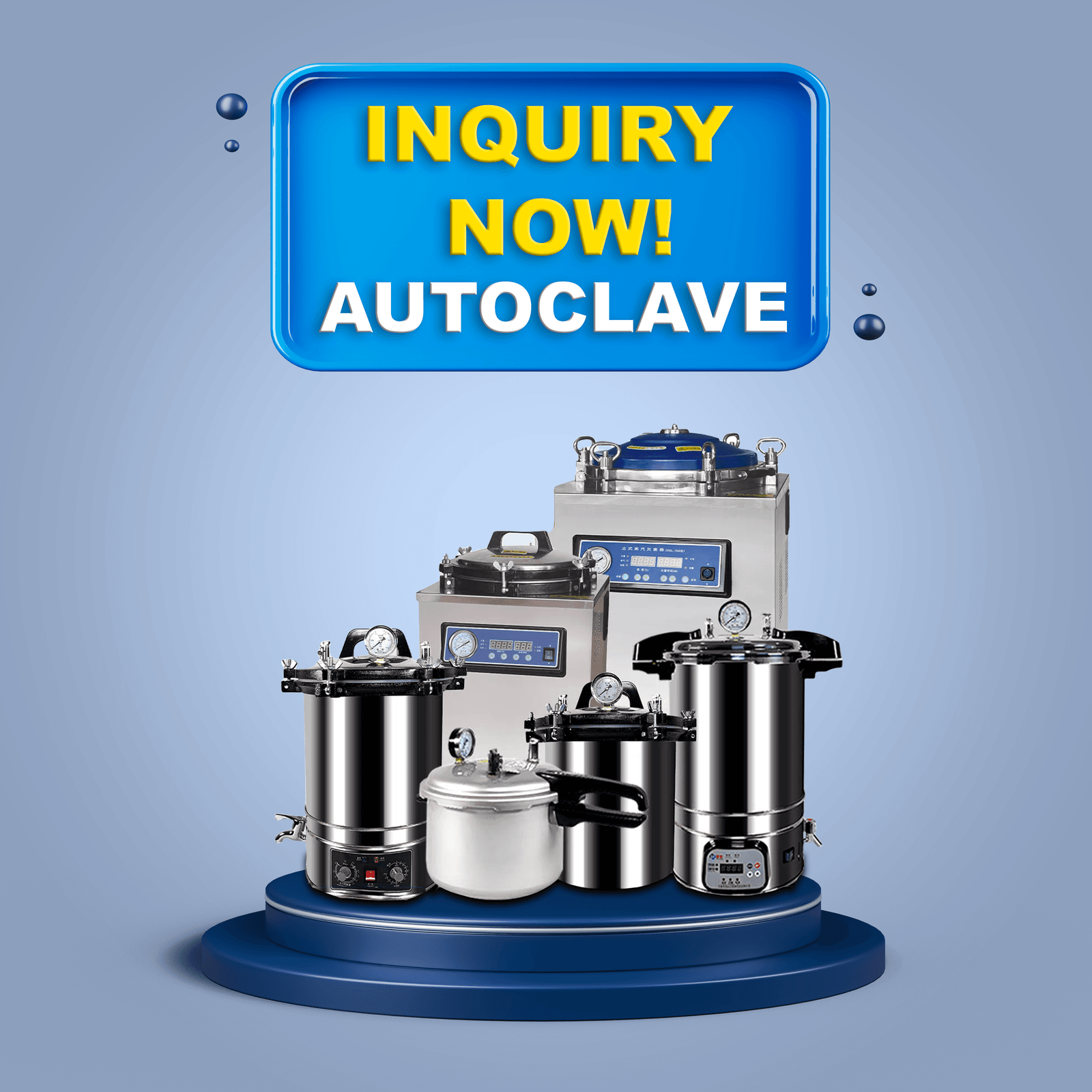
Při výrobě zdravotnických prostředků jsou autoklávy základním vybavením, protože zajišťují důslednou sterilizaci různých nástrojů a materiálů. Autoklávy využívají vysokotlakou nasycenou páru k likvidaci bakterií, virů, plísní a jiných mikroorganismů.
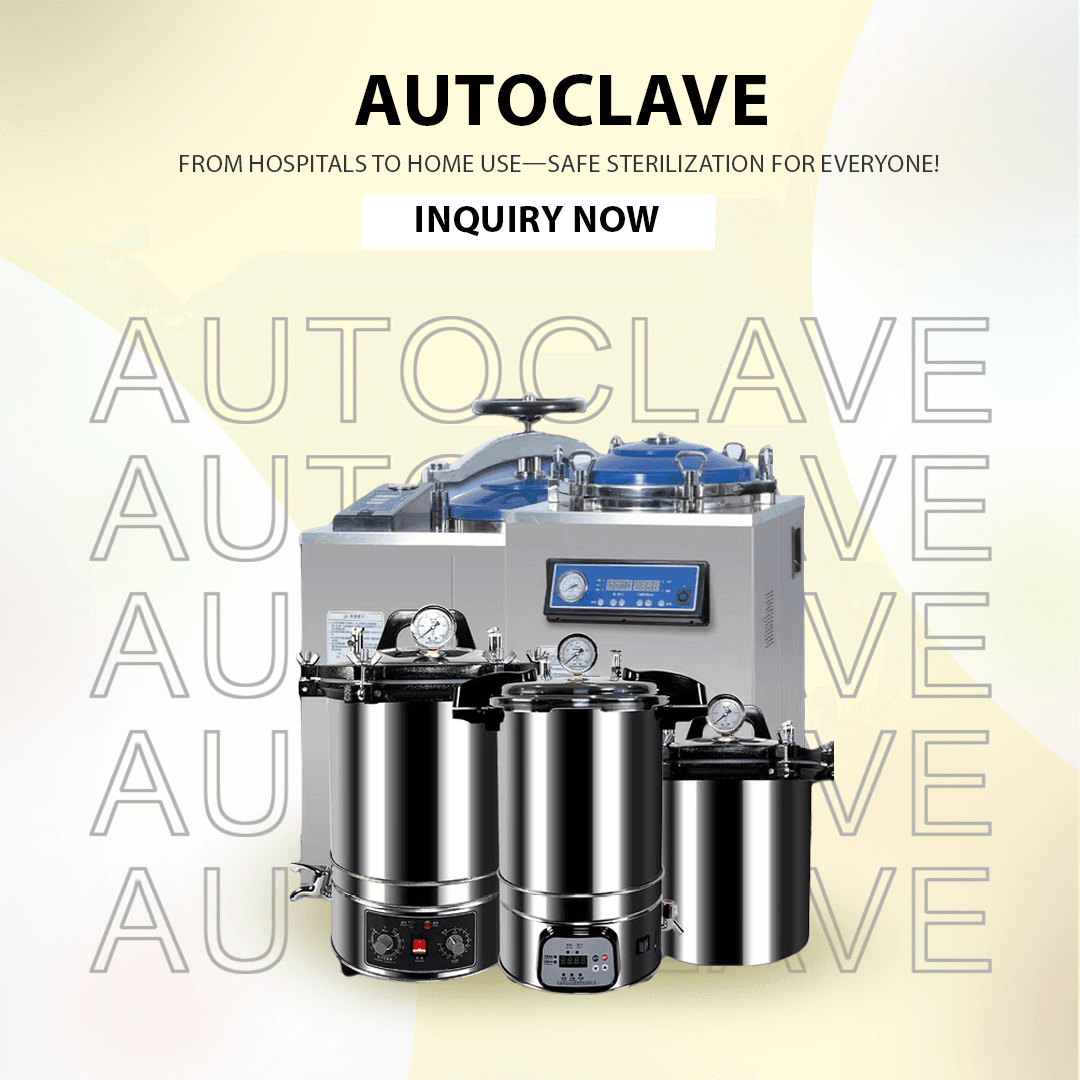
Autoklávy slouží jako klíčové zařízení ve zdravotnictví a vědě, protože důsledně sterilizují nástroje a materiály. Distributoři zdravotnického vybavení spolu s prodejci a nákupčími musí udržovat autoklávy funkční.